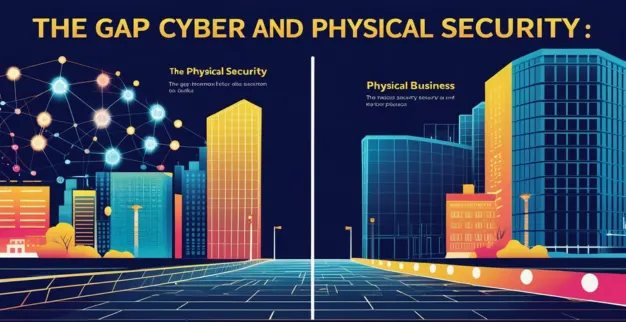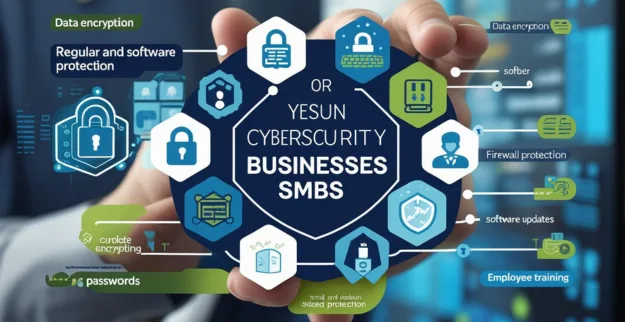Cyber Security and Awareness: How to Train Employees Effectively
By: Ganesan D
27 Aug 2025
Category: Cybersecurity
Imagine this: your organization is protected by high-powered firewalls, rock-solid encryption, and a cutting-edge security team. Yet somehow, breaches keep happening—not because of a glitch in the tech, but because of simple human mistakes. It’s a sobering truth: around 95% of cybersecurity incidents stem from human error—things like weak passwords, misclicks, or falling for phishing scams.
If you're hearing that for the first time—or if the statistic “90% of breaches happen due to human error” has popped into your mind—you’re not far off. Many reports converge around that number, underlining a pressing problem: human behavior is the #1 cyber risk.
So how do we answer the call? The solution lies in something powerful yet simple: cyber security and awareness training. Let’s walk through how to turn this challenge into your organization’s greatest asset.
Why Human Error Is the #1 Cyber Risk
The figures don’t lie. IBM’s 2024 Threat Index revealed that 42% of data incidents result from negligent or careless employee actions—like mishandling data or bypassing protocols. Meanwhile, broader analyses estimate that 95% of breaches are caused by human error—meaning if we could eliminate that risk, we’d prevent 19 out of every 20 breaches.
Why is this happening? Humans are prone to cognitive biases, overconfidence, and daily routines that bypass caution—even though these behaviors often undermine security. But the good news? These habits can be reshaped—far more effectively than trying to perfect every piece of hardware or code.
Familiar Social Engineering Attacks Employees Fall For
Here’s where it gets tricky: modern attackers don’t just probe your network—they target your people. Social engineering is the art of manipulation, and it’s highly effective. From phishing emails that appear urgent to impersonated invoices, these schemes prey on everyday workloads.
Phishing, especially, remains a top vector—often the opening gambit that leads to ransomware or credential theft. Some studies even put it at roughly 30% of all cyberattacks.
These tactics succeed because they appeal to trust, urgency, and distraction—and employees, especially new hires, often lack the experience to spot them.
Building a Cybersecurity-Aware Culture
To shift the narrative, organizations must move from blame to empowerment. That starts with creating a culture where:
- Leadership gets involved: Executives must lead by example. When they prioritize cyber security and awareness, the rest of the team follows.
- Safety in reporting is encouraged: Mistakes will happen. Let employees admit missteps without fear; it’s how real learning happens.
- Training is continuous—not a one-off: Brief, engaging sessions repeated regularly help awareness stick better than annual slide decks.
At its heart, this is about building a human firewall—where every employee becomes an active defender, not a potential liability.
Cybersecurity Awareness Training Programs That Work
So—what makes an awareness program effective?
- Role-based, relatable content: Tailor training to roles: finance staff learn invoice phishing, HR staff learn attachment hygiene, etc.
- Interactive formats: Mix videos, quizzes, storytelling, and gamified tasks to make learning memorable.
- Simulations with empathy: Phishing simulations are powerful—but avoid shaming employees. Use them as a teaching tool, not as punishment.
- Short, frequent refreshers: Quarterly or monthly micro-training keeps security fresh in minds.
Ultimately, awareness training is about more than compliance—it’s about giving people the knowledge and confidence to protect your organization.
How to Test Employee Awareness (Phishing Simulations)
Let’s be honest: we often learn best when we see the consequences—safely. Here’s how simulations can help:
- Run realistic phishing drills: Use mock emails that mimic realistic threats and measure click behavior.
- Follow up with learning, not reprimand: If someone "falls" for a simulation, offer a quick tutorial on spotting red flags.
- Track trends, not just failures: Use results to identify patterns: are certain departments more at risk? Different messaging formats more confusing?
- Repeat and improve: Over time, these drills reinforce awareness and build muscle memory.
These exercises help shift employees from being reactive victims to proactive defenders.
Wrapping Up: From Risk to Resilience
Cyber security and awareness isn’t just another checkbox—it’s the linchpin in securing your organization. With approximately 90–95% of breaches rooted in human error, the opportunity is clear: train your people, don’t blame them.
Here’s your action plan:
- 1.Recognize the scale—human error tops breach causes.
- 2.Invest in people—not just firewalls.
- 3.Train with empathy—educate, don’t punish.
- 4.Test thoughtfully—simulate with care.
- 5.Build culture—where security is everyone’s job.
With these steps, you can transform your workforce from the weakest link into your best defense. Ready to craft tailored modules, sample scripts, or simulation ideas? I’ve got you covered.


